Cheltenham Festival unwrapped: the lowdown on all 28 races and the track
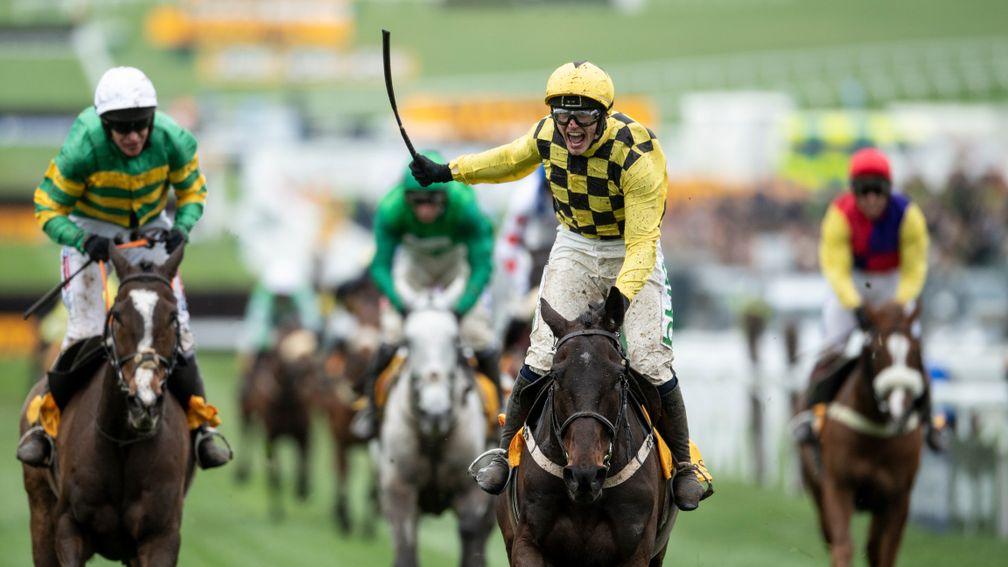
Even for those who have been enjoying the Cheltenham Festival for years, the number and variety of races across the four days can be overwhelming.
But understanding the make-up of the festival is easier than it looks and will not only enrich your enjoyment but could be a pathway towards finding more winners.
THE RACES
Grade 1 novice and juvenile hurdles
There are four Grade 1 novice and juvenile hurdles over the Cheltenham Festival's four days. All four races are often the first taste of the Cheltenham Festival for younger horses who may keep coming back for several years as they graduate to become fully fledged hurdlers, develop to jump fences or do both.
The SupremeNovices' Hurdle over two miles is the first race of the meeting and was won last year by the Nicky Henderson-trained Shishkin. The BallymoreNovices' Hurdle is over two miles and five furlongs and takes place on the Wednesday, the meeting's second day, with the Albert Bartlett Novices' Hurdle run over three miles on the Friday. The Triumph Hurdle, over two miles, is also on the Friday and is for four-year-olds only.
The winners of the three big novice hurdles last year, Shishkin, Envoi Allen and Monkfish, have all become novice chasers this year and are favourites for races at the festival this month.
Cheltenham Festival 2021: essential information for jump racing's biggest week
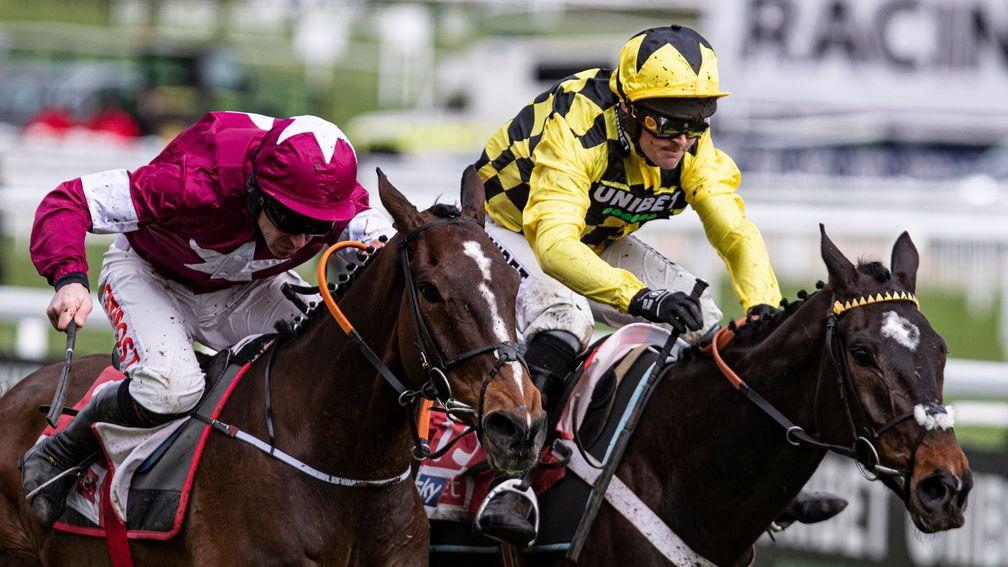
Alternatively the Champion Hurdle is often the next step for those who have done well in the Supreme Novices' Hurdle and the Ballymore Novices' Hurdle the year before. Buveur D'Air was third in the Supreme in 2016 and successful 12 months later in the Champion Hurdle and again the following year, while Faugheen won the Champion Hurdle in 2015, a year after landing the Ballymore.
Albert Bartlett Novices' Hurdle, March 19, 2.30pm
Grade 1 hurdles
The Champion Hurdle is the traditional first-day highlight and is run over two miles on the speed-favouring Old course at Cheltenham.
It invariably takes an elite-level performance to win and it should not be a surprise that the race features plenty of repeat winners on its roll of honour. Since Istabraq completed a hat-trick in 2000, there have been three more dual winners in Hardy Eustace, Hurricane Fly and Buveur D'Air.
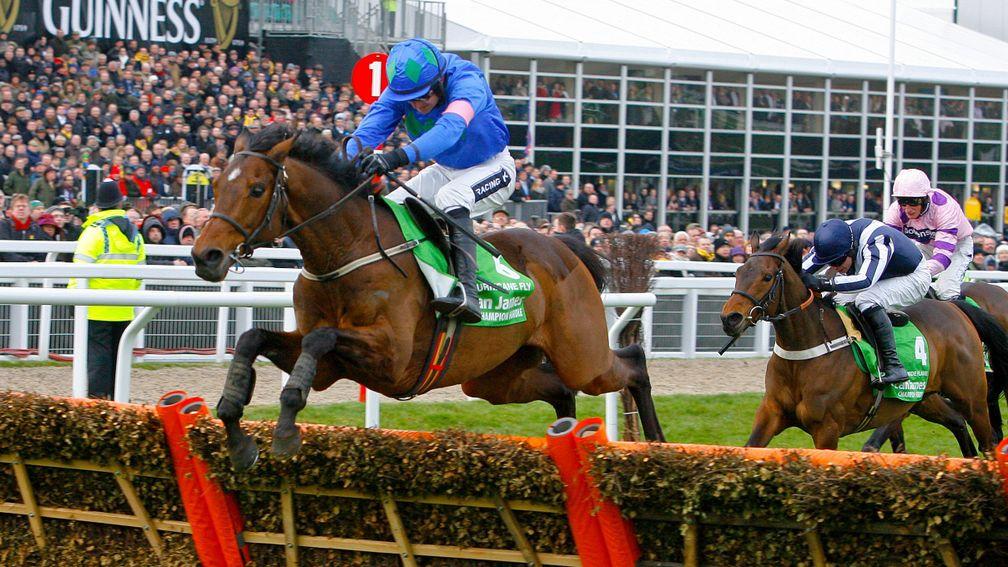
Contested on the Thursday of the festival, the Stayers' Hurdle is run over an extra mile to the Champion and on the more stamina-sapping New course.
The introduction of the Albert Bartlett Novices' Hurdle over three miles in 2005 has provided an obvious springboard for the senior staying division, with the last three winners of the Stayers' Hurdle having come via that route.
The Mares' Hurdle over two and a half miles was introduced in 2008 and gained Grade 1 status in 2015. Its promotion to the top level has not prevented the mares Annie Power (2016) and Epatante (2020) from contesting and winning the Champion Hurdle earlier on the Tuesday card.
Paddy Power Stayers' Hurdle, March 18, 3.05pm
Grade 1 novice chases
As over hurdles, the three elite novice chases are not only important prizes in their own right but key points on the way to the championship races over fences at future festivals.
Run over two miles, the Arkle has proved a hugely influential source of future success in the Queen Mother Champion Chase, with six horses who triumphed in the novice race going on to account for a total of nine wins in the two-mile championship crown since 2000. The Arkle rewards speed and accurate jumping, though three future Gold Cup winners have been placed in this race since the turn of the century.
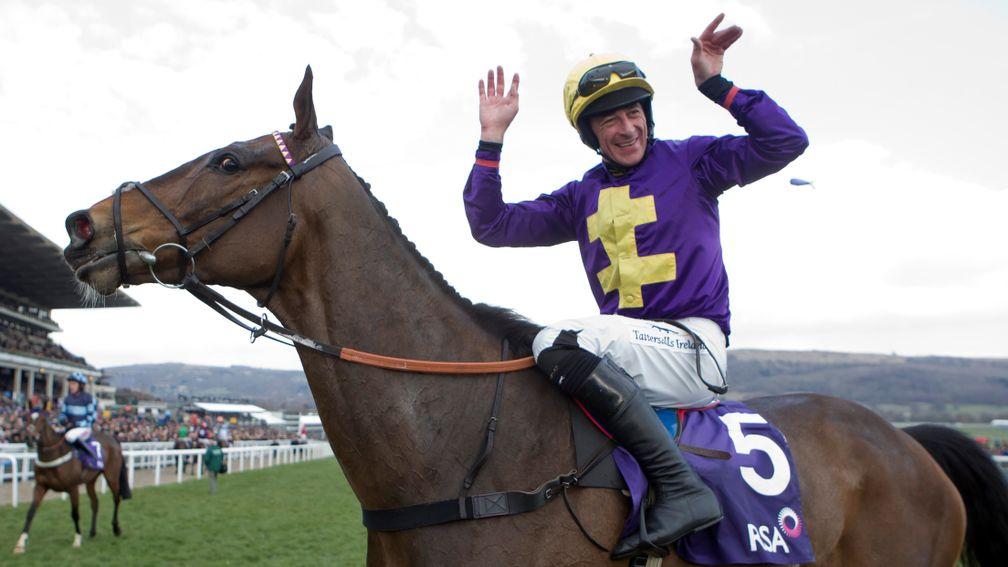
The Brown Advisory Novices' Chase is staged on the Wednesday over three miles and is designed to unearth future Gold Cup candidates, as well as crowning the best staying novice of the season. Lord Windermere was the last to complete that double, landing what was then the RSA Novices' Chase in 2013 and the Gold Cup 12 months later, while six of the last ten runnings of the festival's ultimate chasing prize were won by horses who had previously run in this Grade 1 for novices.
The Marsh Novices' Chase is run as the opening race on Thursday over the intermediate trip of two and a half miles. In its relatively short history only one of the ten winners has gone on to win another Grade 1 at the festival.
Marsh Novices' Chase, March 18, 1.20pm
Grade 1 chases
The Queen Mother Champion Chase provides the ultimate test of jumping at speed during the four days, with the best two-mile chasers asked to clear 13 fences during a race that frequently dips under four minutes in duration. There have been 12 dual winners of the Champion Chase since it was first run in 1959 but only Badsworth Boy (1983-85) has landed the prize three times, a feat Altior will attempt to match this year.
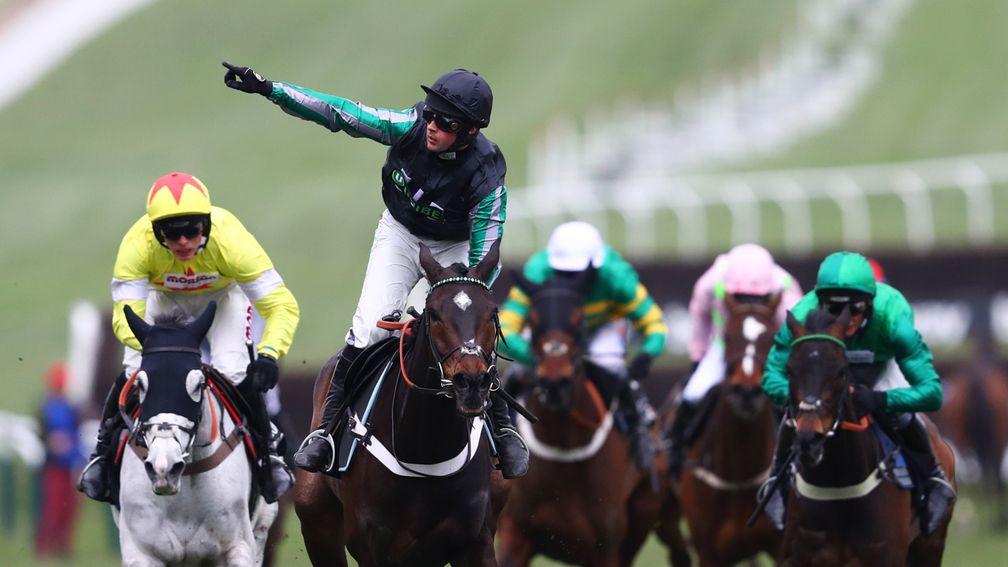
The Ryanair Chase developed out of the old Cathcart Chase and was first promoted to Grade 1 status over the intermediate trip of two and a half miles in 2008. Held on the third day of the festival, it is run on the New course and is a target for horses who may not have the requisite levels of staying power for the Gold Cup, though the 2009 winner Imperial Commander went on to land the ultimate festival prize the following season.
The Gold Cup is British jump racing's most coveted prize and is contested over a stamina-sapping three and a quarter miles – just over two full circuits – on the final day of the festival. Multiple winners are rare and so there will be huge media interest in the hat-trick attempt of the Willie Mullins-trained Al Boum Photo, who bids to join Best Mate and Arkle among chasing's immortals.
Watch every race at the Cheltenham Festival on your phone, tablet or computer by logging on to a bookmaker account and streaming via the Racing Post website or mobile app
Handicaps
Of the 28 races across the four days of the festival, 14 are Grade 1 and thus represent the cream of their divisions.
Of the remaining 14 contests, nine are run as handicaps, with five hurdles and four chases each ensuring big fields and a frantic pace.
Over hurdles the two biggest prizes are the County Hurdle on Friday over two miles and Wednesday's Coral Cup over two miles and five furlongs.
The highest-rated horses entered in these two races are generally in the mid-150s on official ratings and would be on the fringe of being good enough to run in a Champion Hurdle.
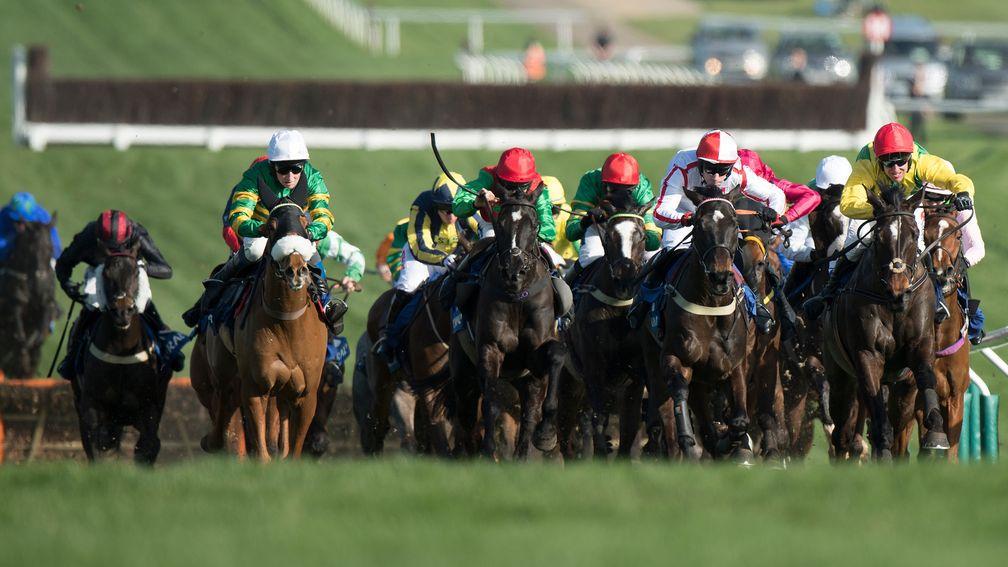
The Pertemps Final is run over three miles on Thursday and is unique among the handicaps in boasting a series of qualifying races throughout the season, with a horse needing to finish in the first six to gain entry.
The last race of the week, the Martin Pipe Handicap Hurdle, is run over two and a half miles, is restricted to conditional jockeys (professionals under the age of 26) who have yet to ride 75 winners and has a ratings ceiling of 145. It has proved a rich source of future chasing stars, with Gold Cup runner-up Sir Des Champs and Don Poli – who went on to win what is now the Brown Advisory Novices' Chase – both on the roll of honour.
The Boodles Juvenile Handicap Hurdle – often called the Fred Winter in reference to the late champion jockey and trainer in whose honour it was originally named – is restricted to four-year-olds and is designed to provide an alternative option for horses who might not quite fit the standard of the Triumph Hurdle.
Boodles Juvenile Handicap Hurdle, March 16, 4.15pm
Martin Pipe Conditional Jockeys' Handicap Hurdle, March 19, 4.50pm
The Ultima Handicap Chase is run on the first day of the festival over three miles and can be a source of clues for the Grand National at Aintree in April.
The Johnny Henderson Grand Annual Handicap Chase over two miles has traditionally been one of the later races on day four but this year moves to a new slot at the end of proceedings on Wednesday, meaning a switch from the New course to the Old.
The Paddy Power Plate is run over the same course and distance of two and a half miles as the Ryanair Chase on Thursday (it should be noted that Brown Advisory were the sponsors of this race from 2015 to 2020 before taking over the backing of the three-mile novice chase on the Wednesday of the festival).
Thursday's Fulke Walwyn Kim Muir Challenge Cup is one of three races traditionally reserved for amateur riders but, because of Covid-19 restrictions, will this year be a normal handicap chase over three and a quarter miles with a ratings ceiling of 145.
The rest
The programme of gender-restricted races at the festival has continued to grow since the introduction of the Mares' Hurdle in 2008, with a Mares' Novices' Hurdle added in 2016, since when all five editions have been won by trainer Willie Mullins.
That race is run over two miles and a furlong on the Thursday, while a new Mares' Chase over two and a half miles makes its debut on the Friday of the 2021 meeting.
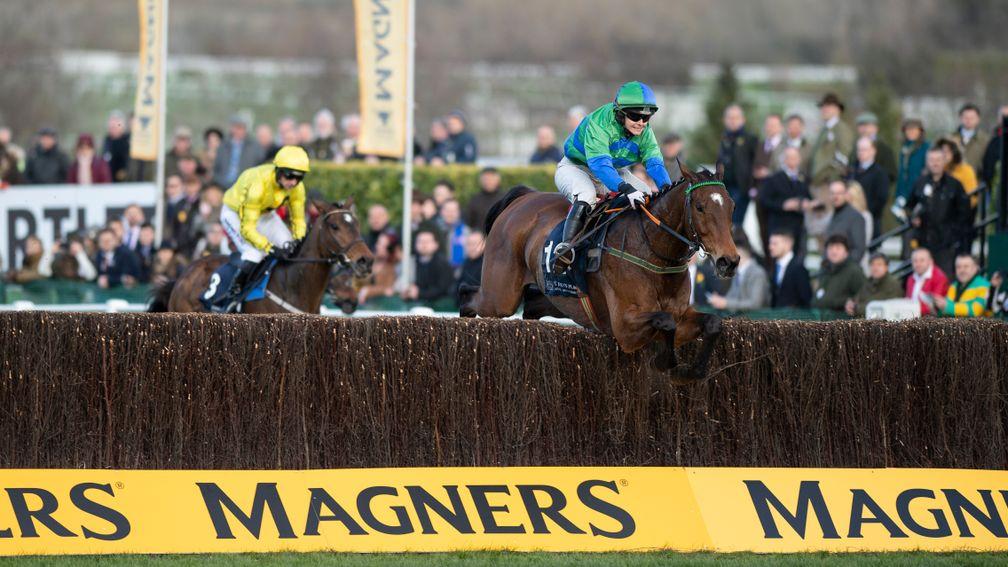
Two further races that have historically been reserved for amateur riders are the Hunters' Chase, run over the full Gold Cup course immediately after the main event on Friday, and the National Hunt Chase, a Grade 2 novice chase over three miles and six furlongs. Both will be contested by professional jockeys this year.
Wednesday's Champion Bumper is the only race of the week where no obstacles are jumped, while on Tuesday there are no fewer than 32 to be jumped as the field zig-zags its way around the banks, rails and ditches of the cross-country course in the Glenfarclas Chase.
Parnell Properties Mares' Novices' Hurdle, March 18, 4.15pmFulke Walwyn Kim Muir Challenge Cup Handicap Chase (Sponsored by the JRL Group), March 18, 4.50pm
St James's Place Festival Challenge Cup Open Hunters' Chase, March 19, 3.40pm
Track facts
Thirteen of the 14 races on Tuesday and Wednesday are run around Cheltenham's Old course, before the action switches to the New course on Thursday and Friday.
Up the home straight and around the first left-hand turn away from the stands, the two tracks follow the same route, with the Old course tracing the outer path of the two.
After a string of four fences in a line, both take a slight turn left at the highest point on the racetrack and the field jump what is, on the Old course, the fourth last.
From here the runners on the Old course turn sharply left again and sweep downhill, heading back toward the grandstands and the finishing straight.
Meanwhile the New course continues on a much wider arc before turning back for home, with the fourth and third last taken downhill before a longer run up the home straight.
That extra loop and longer run – from a lower point – up to the second last compounds the effect of the rising ground all the way up the home straight and ensures that the New course is a greater test of stamina than its counterpart.
On both Old and New courses there are only two hurdles to jump over the final three-quarters of a mile and, depending on the distance of the race, either finishing speed or staying power may win the day over fluent jumping technique.
The Cheltenham cross-country course is unique on British racetracks in terms of the variety of obstacles the runners tackle, and draws heavily on features from banks races in Ireland – the discipline is also extremely popular in France – as well as equestrian three-day-event jumps.
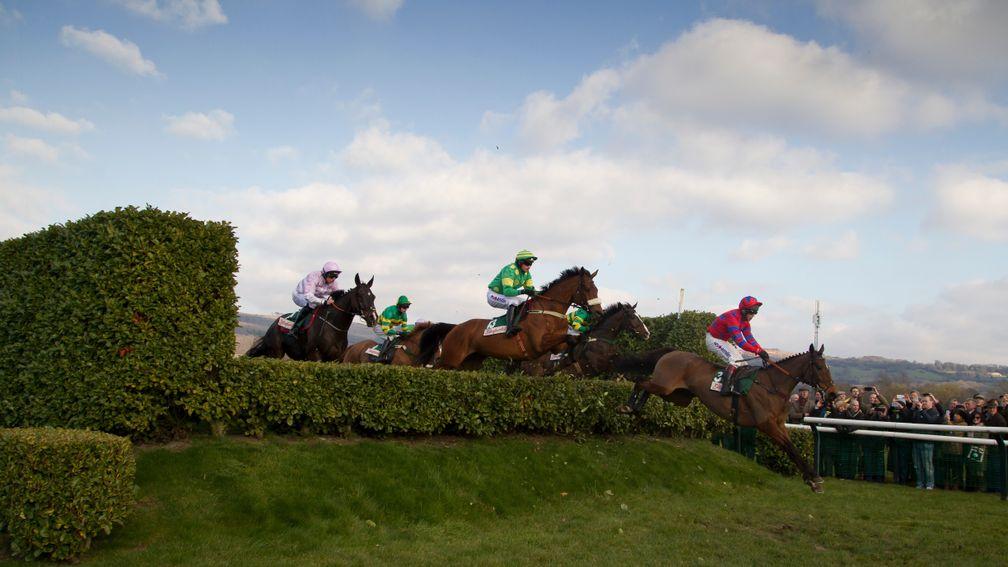
The effect of the Cheltenham hill – the steep climb to the finishing line up the home straight – has been the source of much debate down the years.
At ten metres over the course of around three furlongs it is not the stiffest finish in Britain or Ireland and the rise is not as great as at Leopardstown, a course many first-time visitors assume is relatively flat.
What makes the hill such a crucial part of Cheltenham's make-up is what comes before it: festival races are often run at a faster pace than at almost any other meeting of the year, meaning that horses may be near the limit of their stamina as they hit the rising ground.
And because of the long downhill run to the home turn, even those horses ridden with more restraint are bound to pick up speed just before that final climb. Put simply, if a horse is beginning to run low on energy, the hill will find them out.
If you want more on the 2021 Cheltenham Festival . . .
'It's baffling Bravemansgame's not favourite' – your festival questions answered
Should punters side with the Willie Mullins favourite in the Supreme or not?
Simon Claisse with the latest on the ground ahead of the Cheltenham Festival
'He's extraordinary' – Nicky Henderson thrilled with Champ ahead of Gold Cup bid
Willie Mullins: 'Two years ago I'd given up on the dream of winning a Gold Cup'
'There was no resisting the irresistible force' – three epic races from 2020
ITV to show six Cheltenham Festival races live each day for the first time
Don't miss the Racing Post Cheltenham Festival Guide 2021 – 208 pages featuring Paul Kealy's race-by-race guide, Racing Post Ratings, top tipsters, bookmaker Q&A, trainer analysis and more. Only £12.99. Order here or call 01933 304858. Out now!
Published on 7 March 2021inIn Focus
Last updated 17:24, 19 March 2021
- Does Flightline deserve to be rated Frankel's equal? Our experts have their say
- Japan's ascent on world stage shows no sign of stopping after record year
- Frankel's equal? Why the handicappers have got it wrong over Flightline
- 'You always knew he was the best' - Istabraq and the Champion Hurdle hat-trick
- 'You always knew he was the best' - Istabraq and the Champion Hurdle hat-trick
- Does Flightline deserve to be rated Frankel's equal? Our experts have their say
- Japan's ascent on world stage shows no sign of stopping after record year
- Frankel's equal? Why the handicappers have got it wrong over Flightline
- 'You always knew he was the best' - Istabraq and the Champion Hurdle hat-trick
- 'You always knew he was the best' - Istabraq and the Champion Hurdle hat-trick